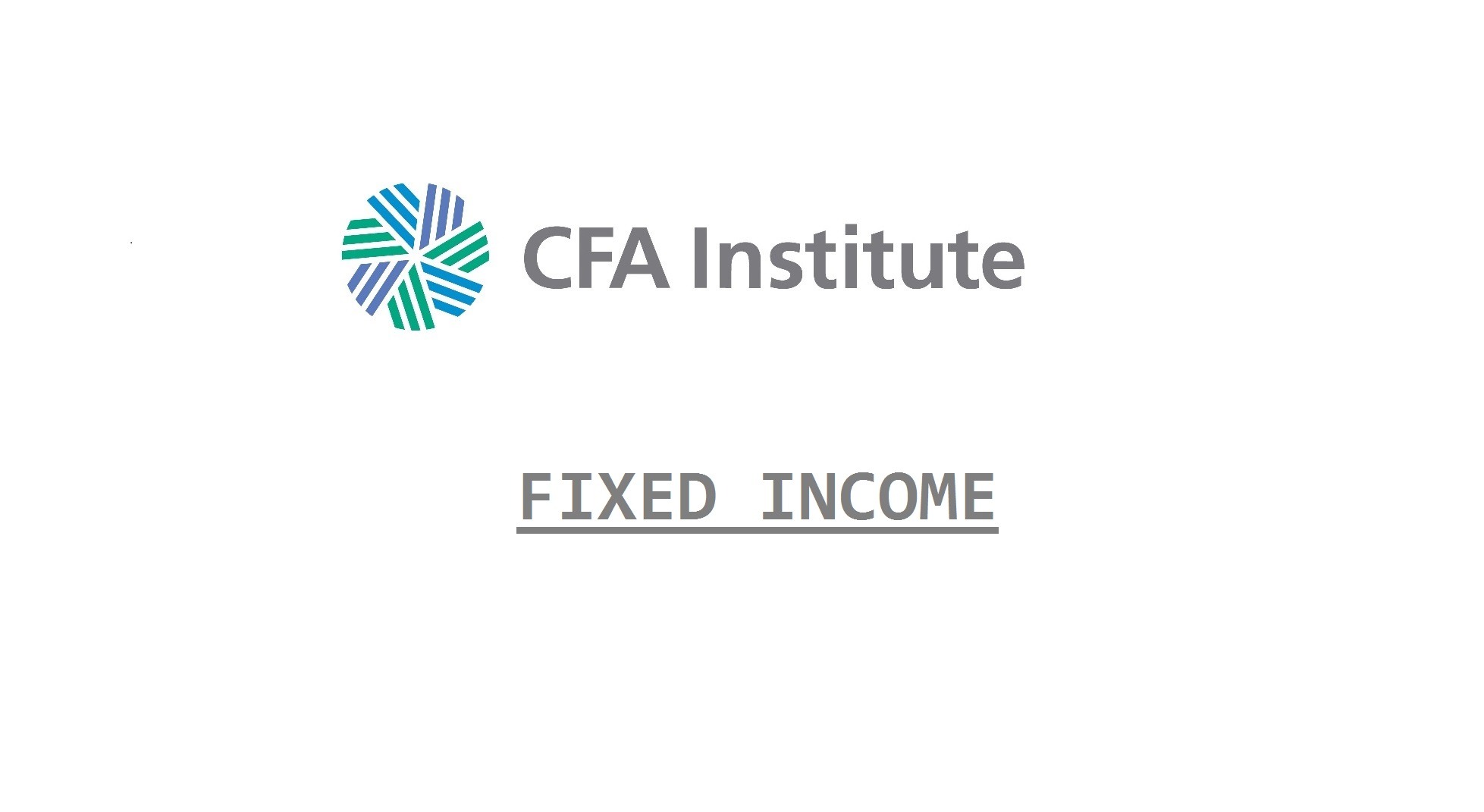Liability Based Mandates
Users of liability-based mandates include individuals funding specific cash flow and lifestyle needs as well as institutions such as banks, insurance companies, and pension funds.
Liability-based mandates are portfolio assets that are managed solely to meet expected future liability payouts. All asset cash flows are reinvested until paid out to meet the liabilities. This is often referred to as immunization. There are several forms and variations of immunization.
- Cash-flow matching is the simplest form of immunization. The assets are selected so that cash flows occur when and in the size needed to meet the liability payouts.
- Duration matching matches the duration of the assets and liabilities so the two will fluctuate at the same percentage rate as interest rates change, such that their ending values will remain matched.
- Contingent immunization (CI) is a hybrid of active management and immunization. The portfolio is initially funded with more money than required to meet the future liability payouts. The present value of the assets (PVA) exceeds the present value of the liabilities (PVL). The difference is the surplus. As long as the surplus is positive, the portfolio can be managed in any way the manager believes will add value.
- Horizon matching is another hybrid approach, combining cash-flow and duration matching to fund multiple future liabilities. Shorter-term liabilities are cash-flow matched, and longer-term liabilities are duration matched. The horizon matching should cost less than pure cash-flow matching, with minimal additional risk.
Total Return Mandates
Total return mandates can establish objectives based on a specified absolute return or a relative return. Generally structured to either track or outperform a specified bond index, total return mandates are the focus of this discussion.
Total return and risk are both critical considerations for these types of mandates, with active return and active risk representing key metrics.
- Pure indexing, which attempts to replicate the performance of a bond index. It targets zero active return and risk. Unlike the equity market, the large number of individual bonds in most indexes and their potential lack of liquidity makes literal duplication of the index (holding every issue in the same weight as in the index) impractical.
- Most pure bond indexing instead seeks to exactly match all the risk factors of the index (such as duration, credit or quality, sectors, and prepayment risks) while still allowing the manager some leeway on the individual bonds selected. The turnover (trading) in the portfolio should be low and similar to the turnover in the index.
- Enhanced indexing allows some additional flexibility in constructing the portfolio and seeks to add some modest active return (perhaps 20 to 30 bps with active risk below 50 bps).
- Typically, duration (interest rate risk) is still matched to the index, but some risk mismatches such as modest over- or underweighting of sectors and quality are allowed. Somewhat higher portfolio turnover is likely.
- Active management allows much larger deviations from the risk factors of the index and seeks greater active return (perhaps +50 bps). Duration can also be mismatched and portfolio turnover can be much higher.
